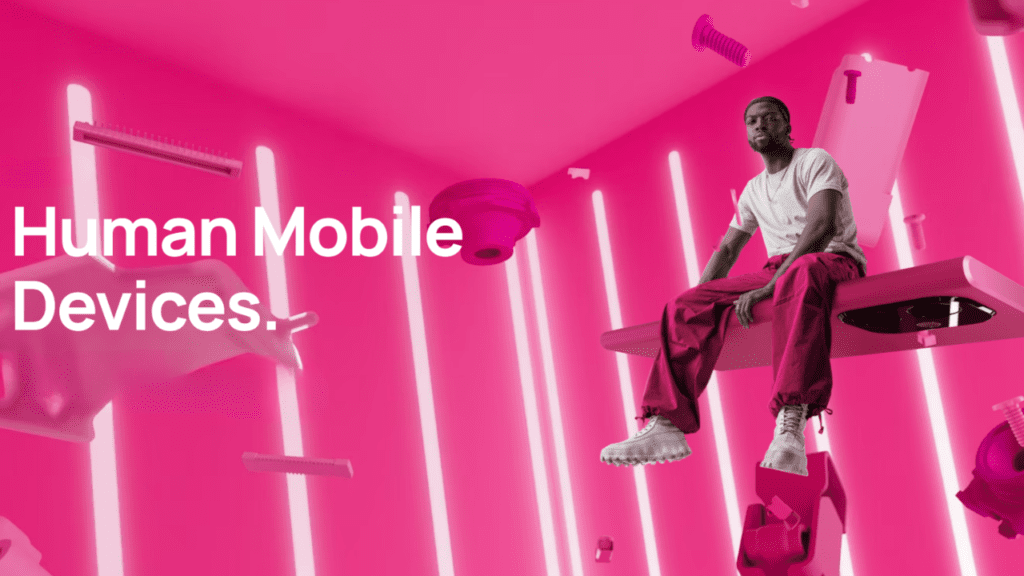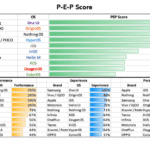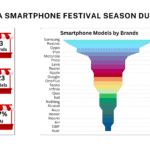HMD will be now a consumer facing brand beginning mid of 2024 in smartphones. It will, however, continue to sell featurephones under ‘Nokia’. This will not be completely a new start for the Finnish mobile maker, and presently the only big player from Europe. At the same time, it gives an opportunity to HMD to present a completely fresh perspective to the consumers.

In many ways HMD (Human Mobile Devices) has been driving a vision. A vision that pioneers several thoughts in the smartphone industry. As someone having been closely watching this brand among others in the personal tech industry, there were four new perspectives it brought on to the table.
- A bloatware free clean and stock android experience to enhance data security and user privacy besides creating butter smooth user interface.
- Minimising the need of frequent replacements by extending the life of hardware through well defined OS updates including the security patches. So, the device could ‘keep getting better’.
- Optimal engineering without over-designing the products by loading specifications of highest possible order. This also meant better battery performance.
- Creating environment friendly devices by being among one of the earliest brands to showcase sustainability in the making of devices.
Among all these, offering enhanced data security and user privacy was not only something that had got very low attention within the Android ecosystem, but at the same time was promising of solving one of the biggest rising concerns of users as the smartphone became pivotal to everything they would do, including sensitive stuff, in which case they would want the device to respect their privacy and offer reassuring security.
Despite offering a solution that no one was really focusing on, at that time, HMD could not convert this into a sizeable opportunity. It could not emerge as a brand of masses, a scale that such promising features could guarantee. Yes, there were some other concerns too that overshadowed the privacy and security angle. The top reason among was the camera performance. But even then, there is a sizeable cohort of users who want an Android smartphone and camera is not a deciding factor. At the same time, they value security and privacy a lot. One such cohort is males of age group 55 years and above.
To my understanding there is a big gap in the go-to-market strategy of HMD with respect to positioning as the smartphone brand that offers industrial grade security and privacy. As digital consumers, we have historically been adding an application to our laptops and desktops, an antivirus application, that would give us an assurance that we are protected. There were times, when a lot many ‘free’ antivirus applications mushroomed. One could hardly believe them, though in scan reports they would show messages of quarantining a virus or a malware.
A real and serious consumer looking for privacy and security would prefer going with a paid subscription of reputed antivirus applications like Symantec, Norton, Kaspersky and others. Now there was a ‘tangiblisation’ of safety and privacy. Users could see the active icon on the taskbar indicating that the application is running in the background and upon opening could figure out reports and data around the protection offered.
The HMD proposition has been completely opposite to this. A user having understood protection and security through antivirus applications, would find it difficult to fathom how a clean and app free OS would offer data privacy and security on a smartphone. In other words, how could anyone believe about something which they cannot see.
As HMD gets a portfolio refresh, it’s a great opportunity for the smartphone maker among young brands which has been talking of bringing meaningful and long-term value to the customers. It will have to add a visible layer of security and protection for users to see and feel that could reinforce their sense of security and protection. Google has already implemented privacy dashboard since Android 12. HMD can think of developing a more comprehensive privacy and security dashboard allowing users to see how they were protected and how the data is safe. Or it can use some other technique of making it visible to the users. An ideal strategy could be of introducing a custom ROM/UI layer that gives a user a feeling of entering into a protected zone, but then HMD will have to do a trade-off with its core thought of keeping the device stock. Samsung has done some level of effort here through Knox, where at least users get to see a mark of security and privacy through Knox. The users may be completely unaware of how it works and what does it solve. But at least they get to see that there is an additional layer called Knox in Samsung devices offering the much-required shield.
The times since HMD pioneered these concepts have changed. Today, many brands have started going bloatware free or bloatware less. The realisation of striking a balance between consumer experience and monetisation opportunities is on the rise. Many smartphone brands, even on the lower price segments have started to keep their devices ‘bloatware lite’. At the same time, consumers haven’t adopted installing anti-virus and data protection and privacy shield applications much on smartphones. HMD will have to find out a midway to this. But there is a strong merit to what they are doing, be it on the side of protecting data and securing privacy, extending the life cycle without forcibly pitching for device hardware and replacements, or working towards making environment friendly sustainable devices. I am sure if they find a strong go-to-market for their value proposition, the brand will only rise in the stature in the smartphone industry in India and globally.






One response to “Why tangibility of superior security will be important for HMD to grow?”
When launch in India??